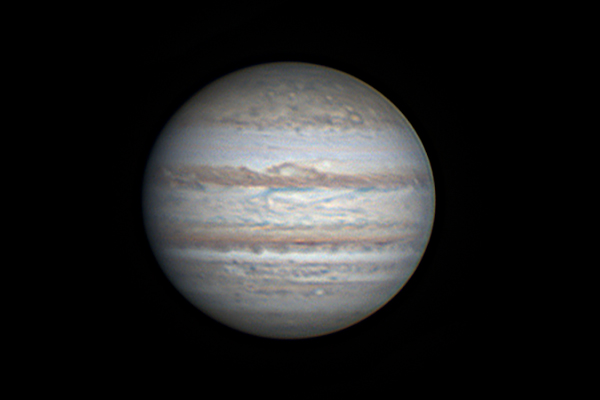
Telescope: Celestron C11 @ f/25, Orion Atlas EQ-G
Camera: ZWO ASI462MC, 2.5x Powermate
Filter: Meade IR cut filter
Seeing: fair, 3-4/5
Exposure 1x(3min x 10ms, 25%), gain 300, saved as Raw8/SER
White Balance: Nebulosity Automatic
Software: SharpCap Pro, AutoStakkert, Registax, Nebulosity, Photoshop
While setting up to image Mars I has just enough time to grab one quick image set of Jupiter. Since I am pretty much limited to imaging on the east side of the meridian this may be my last chance to photograph Jupiter this season. Not a bad way to finish!
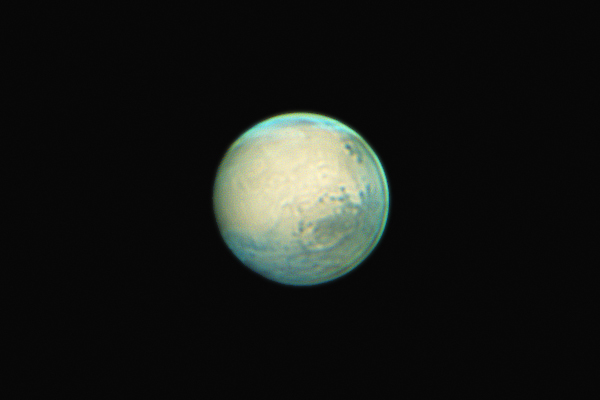
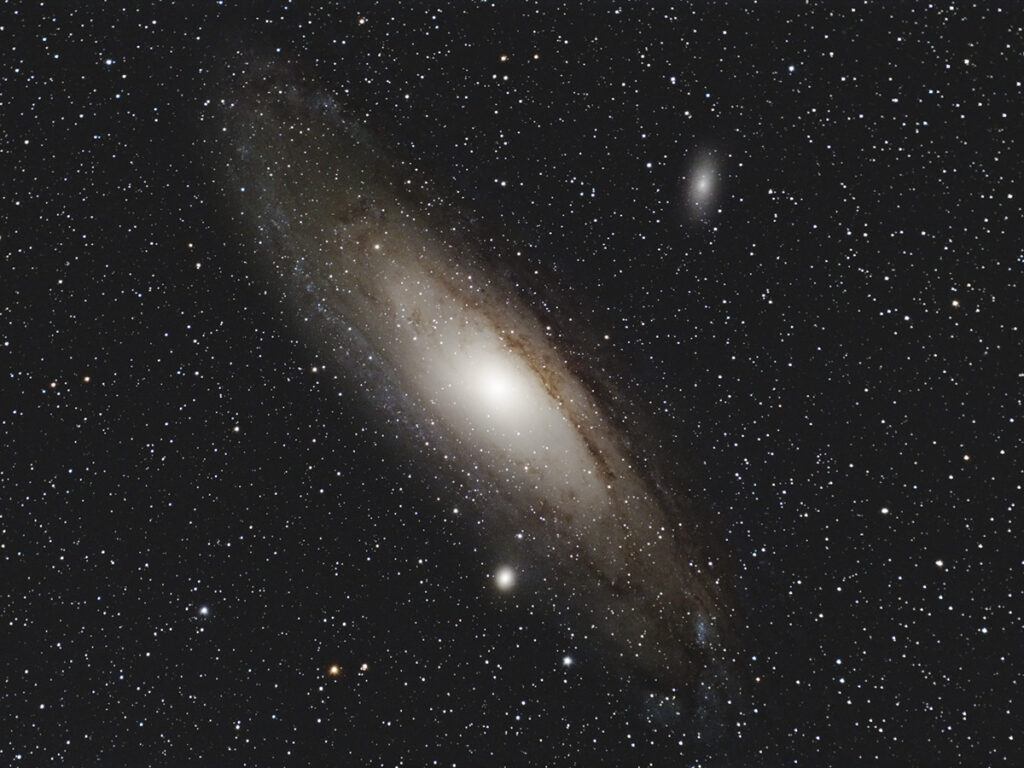
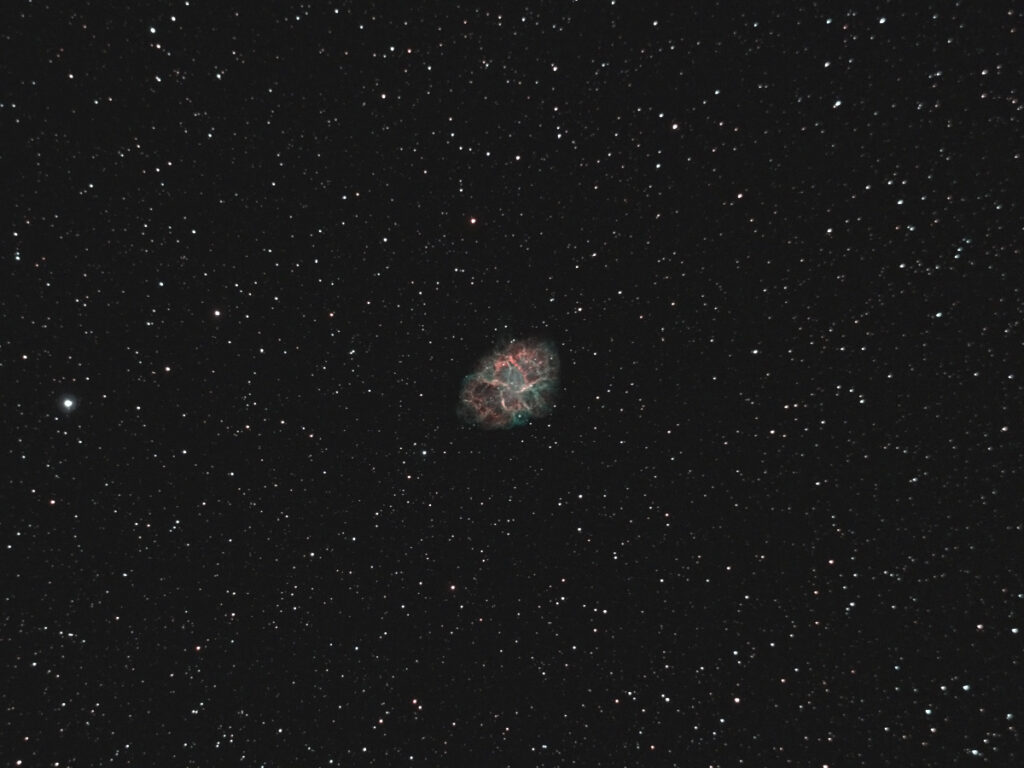
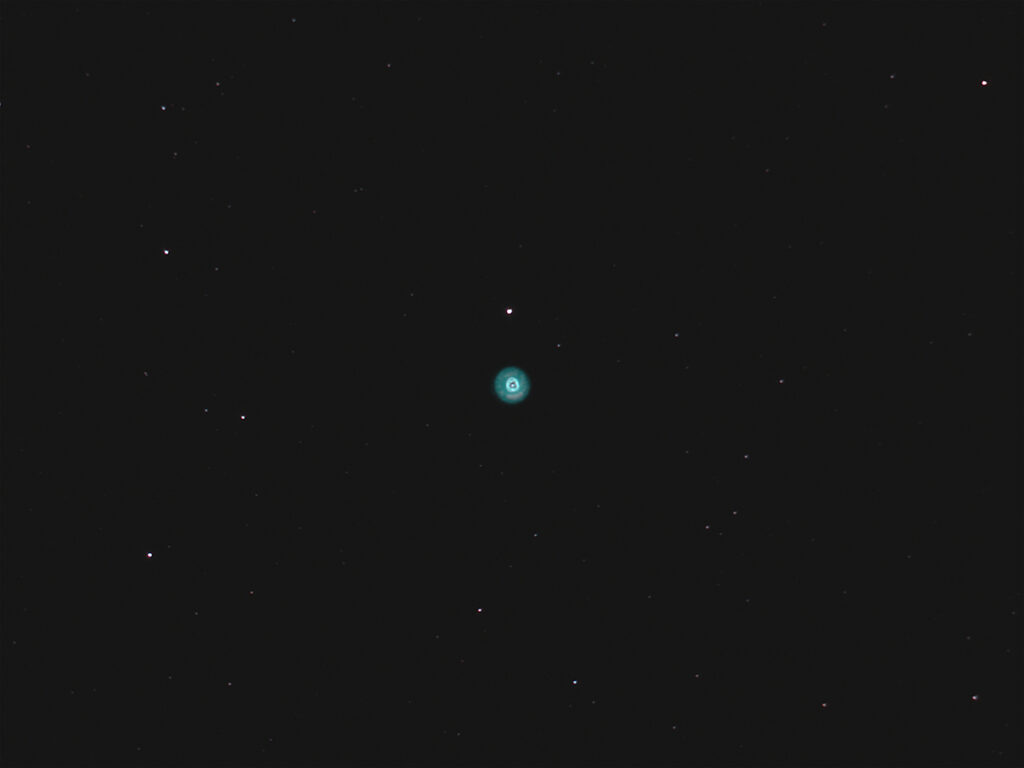
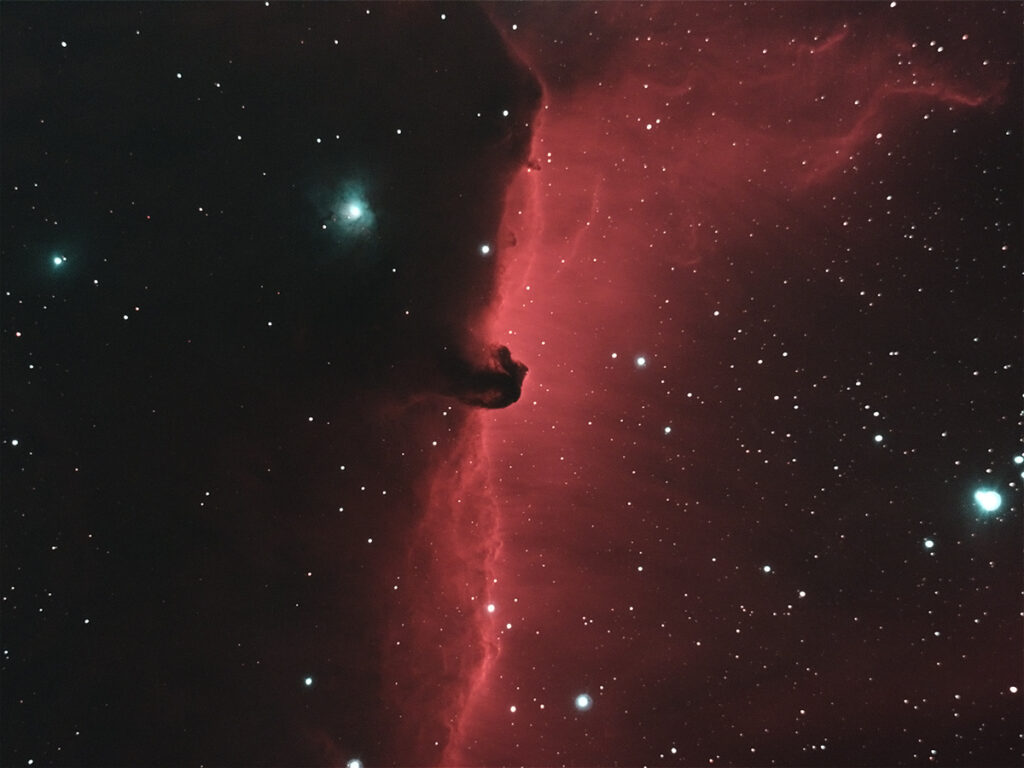
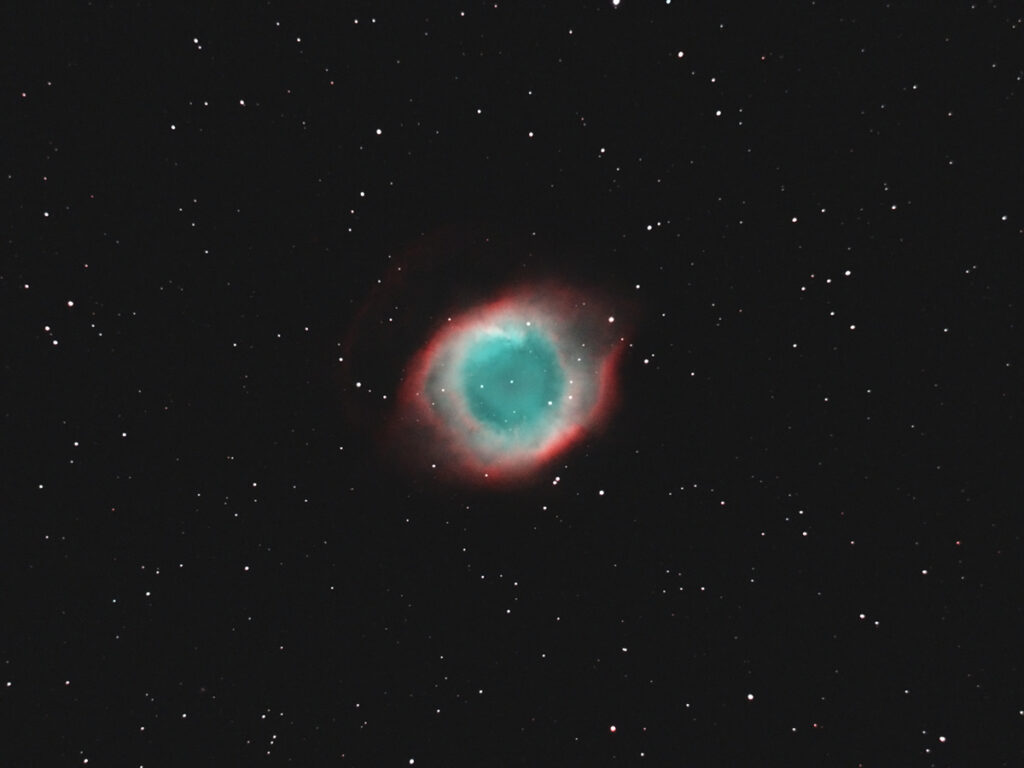

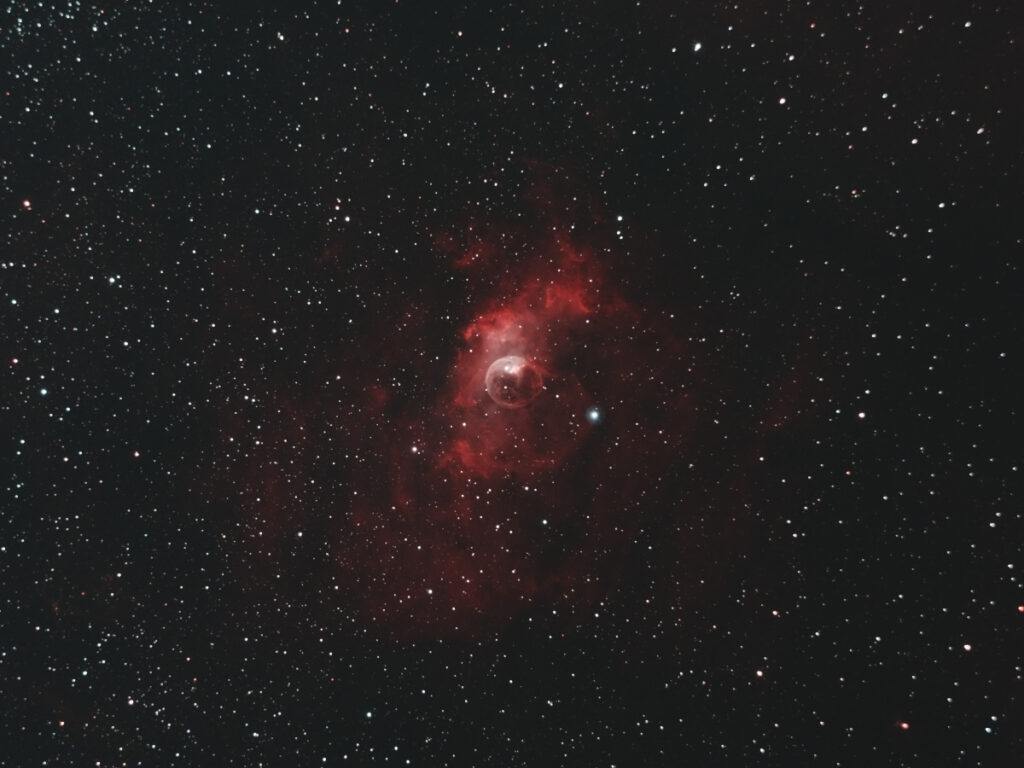
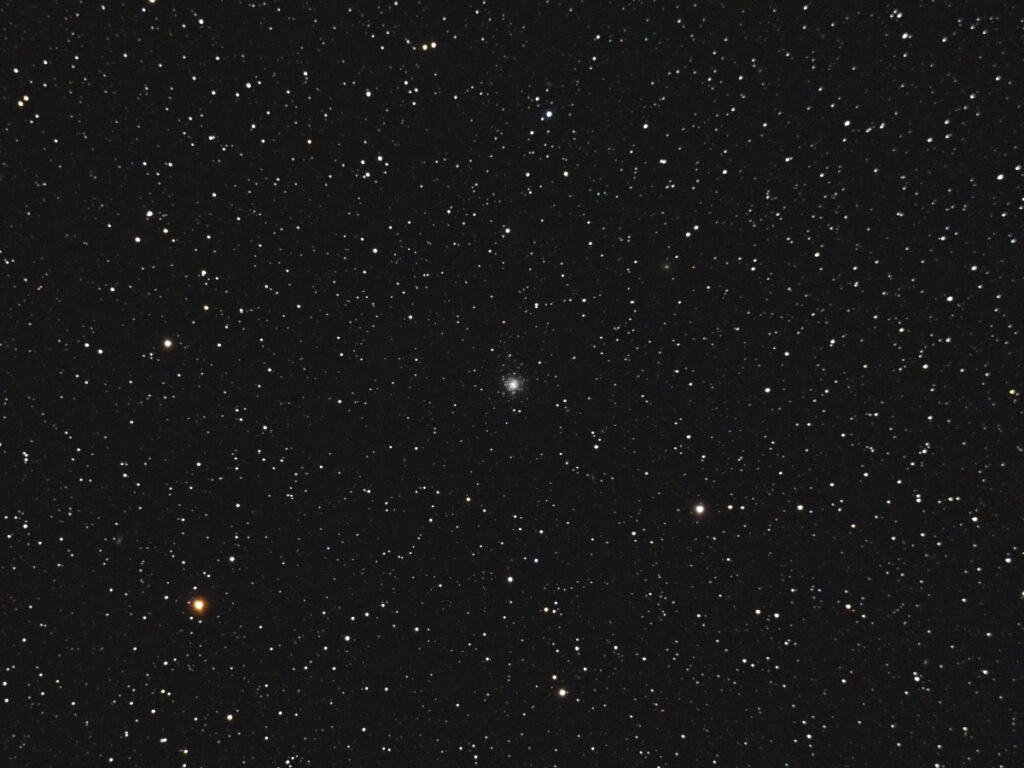
Recent Comments